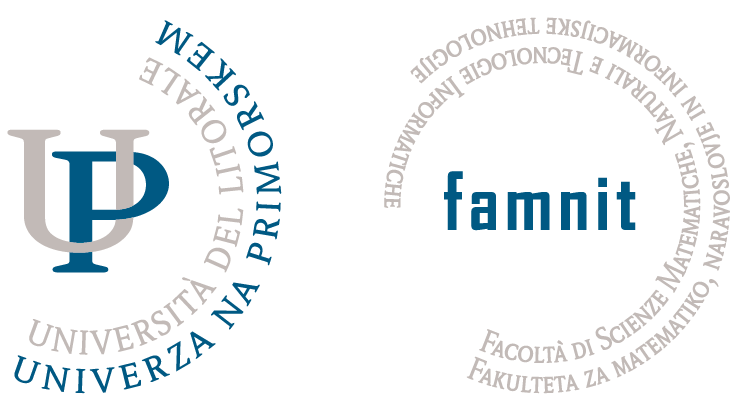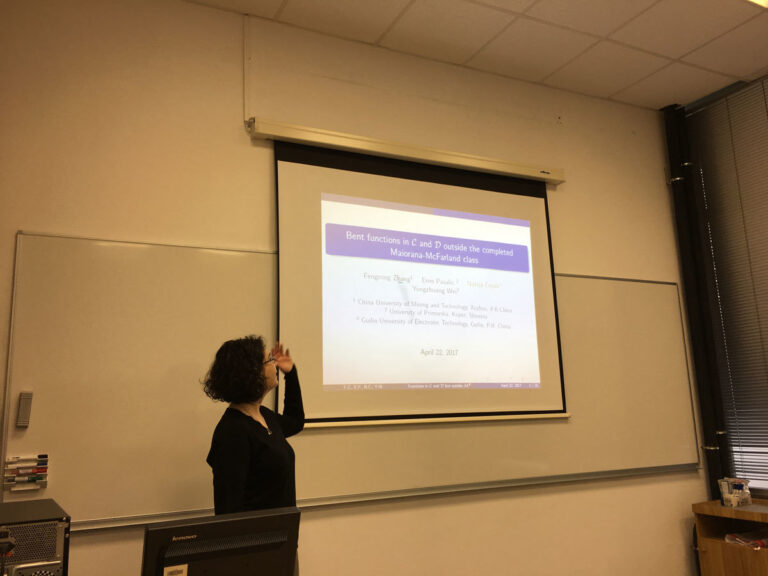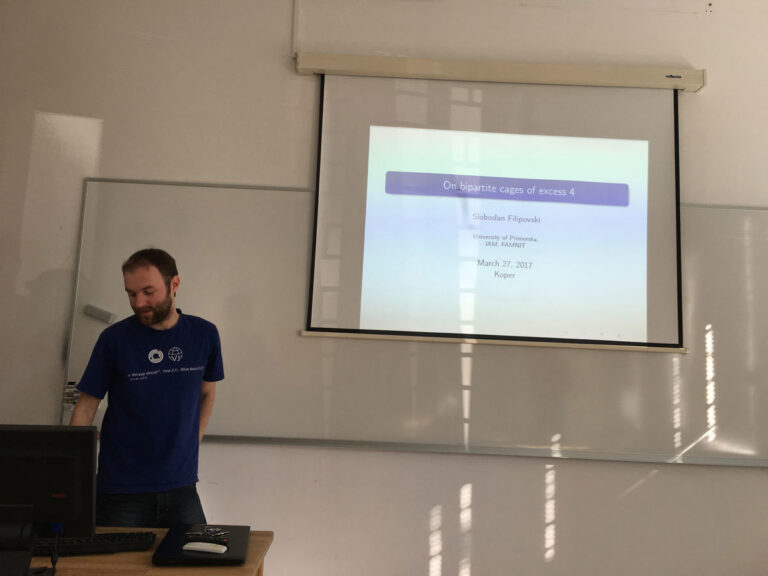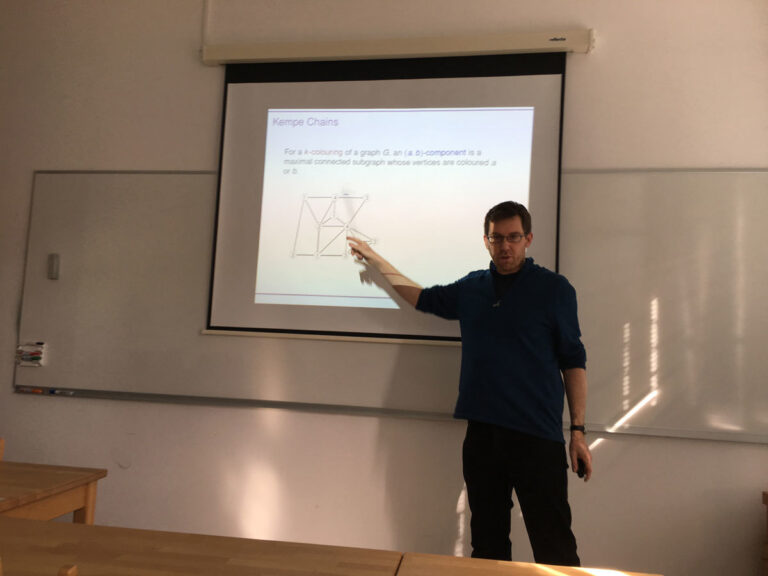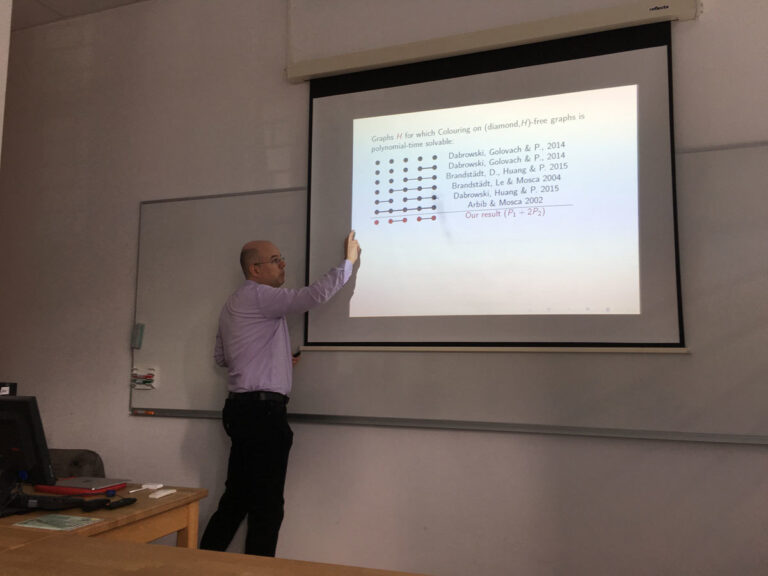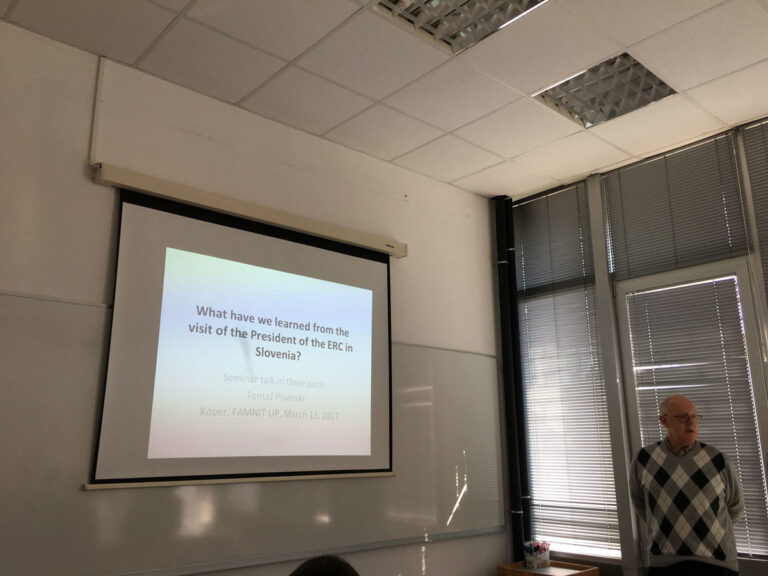On the Terwilliger Algebra of Bipartite Distance-regular graphs (Disposition of the PhD Thesis)

2017-05-17 13:00 – 14:00 FAMNIT-MP1 Safet Penjić (UP IAM) On the Terwilliger Algebra of Bipartite Distance-regular graphs (Disposition of the PhD Thesis) This is a presentation of the PhD thesis topic.Let \G denote a bipartite distance-regular graph with diameter D \ge 4 and valency k \ge 3. Let…
